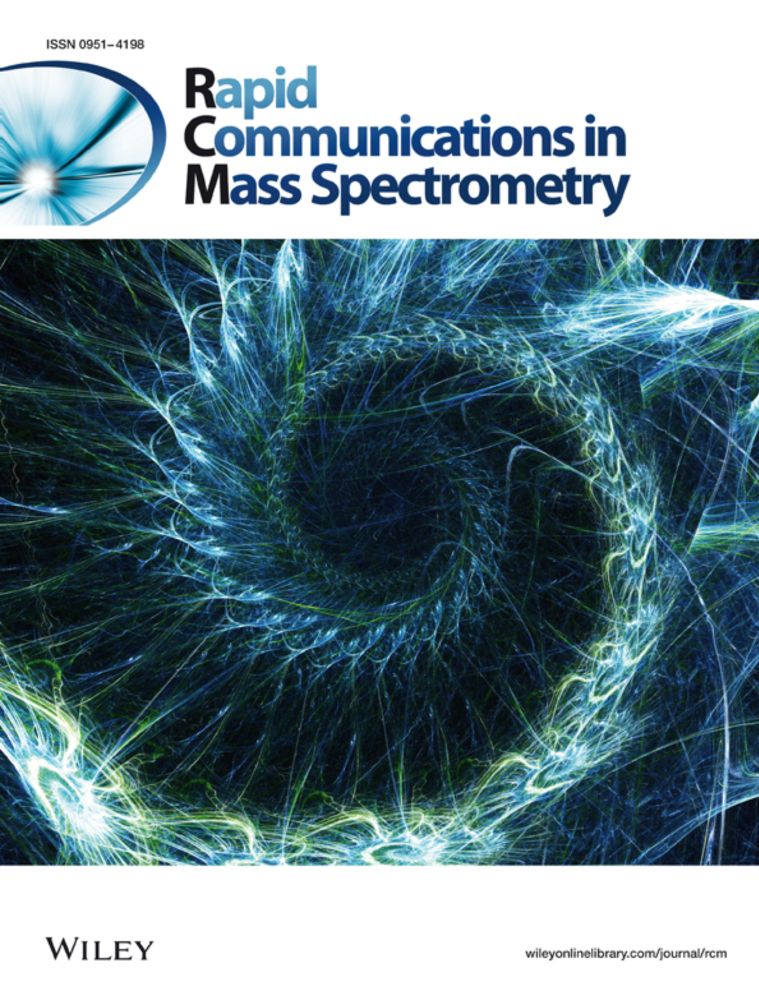Stable Isotope Ecology (CER, Kyoto Univ.)
@stableisotopeecol.bsky.social
81 followers
0 following
690 posts
Facility for Stable Isotope Ecology in CER, Kyoto U. (w Kei Koba, he/him). Papers using stable isotopes I just found, status of our IRMSs. http://www.ecology.kyoto-u.ac.jp/~keikoba/english/KobaEnglish.html
Posts
Media
Videos
Starter Packs




















